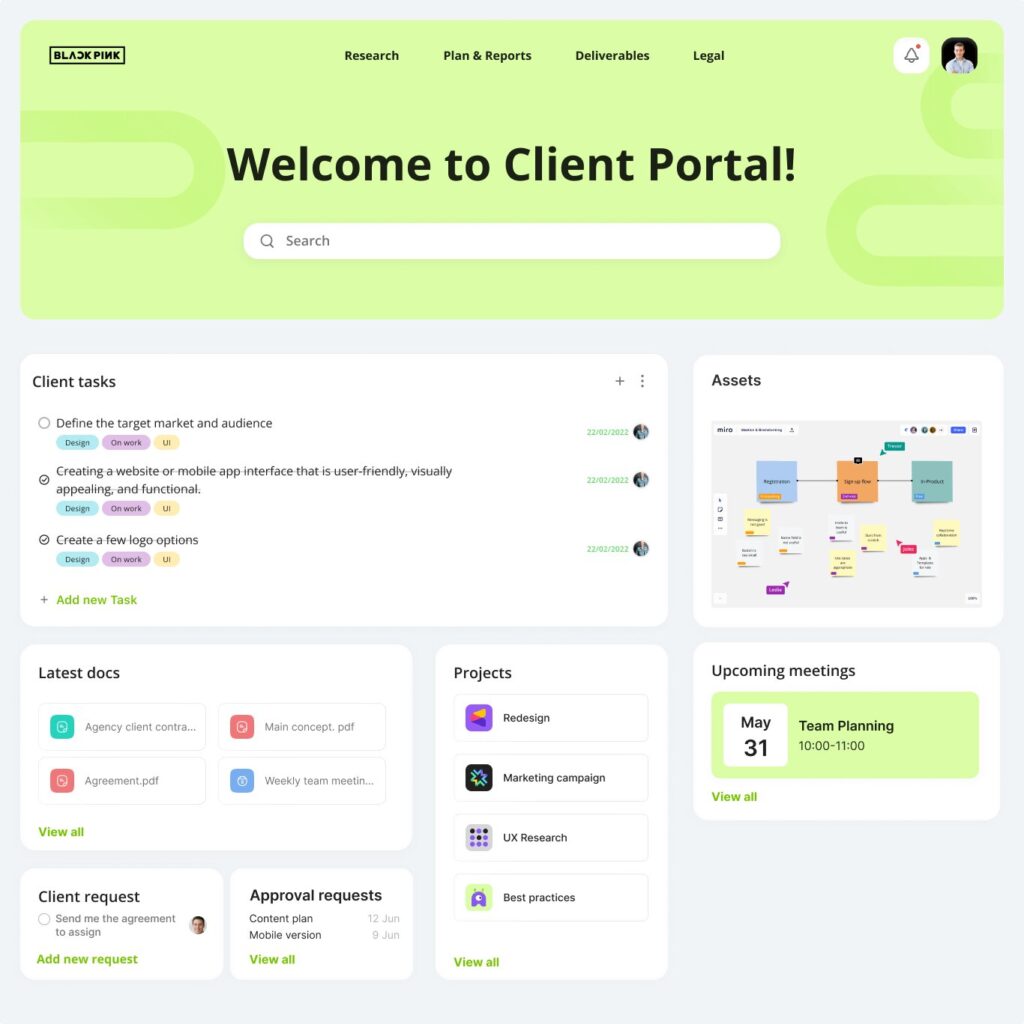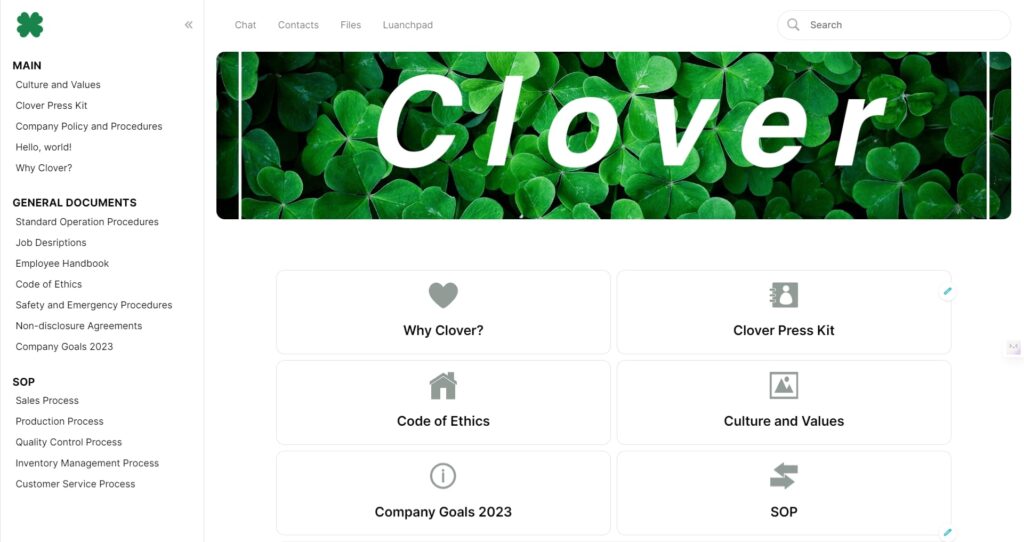
Onboarding vs. Implementation: Do You Need Both?
- 9 Min read
Today, when cultural norms are shifting, consumer expectations are rising and economic realities are becoming more and more harsh, many companies have to prioritize customer success as their top goal.
According to Forbes, investment in new customers can cost five to 25 times more than keeping existing ones. When customers are satisfied with a product or service provided to them by a business, their lifetime value increases exponentially, resulting in greater customer experience and loyalty for said company.
However, considerable confusion has ensued surrounding how to best ensure customers’ success: are there specific guidelines one should abide by or any particular formula they can utilize in their corporate strategy to help achieve customer success? Is customer success any different when compared with departments like customer service or account management?
Below, we offer an overview of customer success and why it’s important.

Customer success has become the focal point of industry discussions in recent years and should not be confused with customer service or customer experience. Let us first define some key terms.
Here, our main goal is to dispel any misperceptions about customer success and its significance for overall organizational performance.
Let’s first define customer success today. Essentially, a customer success program refers to all efforts taken by organizations as an entire group to understand customers’ needs, goals and challenges before working directly with them to meet or surpass these objectives.
Vendors must equip customer success managers with all of the education and tools required for them to show users the purpose and benefits of their product and how best to utilize it to increase revenue and achieve business success. By doing this, clients will remain loyal customers of your organization as they use and refine it further.
Customer success leads to product-led growth; that’s why today’s successful brands, both big and small alike, place high value on it. The brands try to solve already existing issues, understand customer needs and expectations and try to predict their future questions and issues. The companies help their customers achieve their goals while gaining a good reputation, customer loyalty, higher customer happiness and profitability. 72% of businesses view customer success as one of the key ingredients to their growth, so their focus lies on its improvement. Customer success refers to any process or system designed to maximize value creation while yielding positive returns for companies. Customer success managers who help clients achieve their goals are a clear indication of the value a product or service offers.
Let’s now review some of the main advantages that make customer success so important:

Customer success vs. support — what’s the difference? Customer success and support have become critical components of business-to-business and SaaS success and survival in an otherwise turbulent business landscape.
Customer success and support both play key roles in driving business forward and ensuring a positive customer journey for its clients. Customer success differs from support in that its focus lies on proactive rather than reactive interactions between clients or customers and your organization.
As we explore their similarities and distinctions and their potential integration, it should become clear how these could enable your company to reach new levels of success.
Customer success professionals are helping clients become knowledgeable users who are able to use products and services provided by businesses to reach their goals. Success measures customer objectives, growth over time and satisfaction.
Customer service involves helping customers quickly discover, use, optimize and resolve a product or service more easily. Account managers field customer inquiries about specific items, provide immediate solutions, educate them on technical topics regularly and educate customers as part of regular service interactions.
The goal of customer success teams is to prevent customers from ever needing to contact an account manager by anticipating their needs and providing strategic guidance.
Customer success and support programs work hand-in-hand to offer their customers exceptional service levels, but several specific differences exist between the two programs.
1. Reactive vs Proactive
Customers usually only seek assistance once they contact a company with issues or inquiries (a “reactive” approach). Conversely, customer success focuses on helping customers meet their goals more successfully by being proactive about helping to identify and support consumers in achieving them.
2. Relationship-based Versus Transaction-based
Interactions with customer support and service teams tend to be transactional. They start when a consumer makes contact and conclude when their issue is resolved. However, there is no “finish line” in customer success. It’s a persistent goal that never stops developing adapting, strengthening the tie between the company and its clientele, inevitably leading to the company’s success.
3. Goals, Objectives and Key Performance Indicators
Metrics for customer service often aim to increase both the quantity and quality of help sessions. This metric rarely takes into account what happens before or after a support interaction. In contrast, customer success focuses on the desired outcomes that can result from those encounters, such as enhanced loan-to-value ratios, improved rates of upselling and cross-selling, etc.
4. Keeping Employees and Finding New Ones
The customer service industry has been around for almost 20 years. Thus, there are established norms and procedures for employing customer-facing teams. However, customer success is only around ten years old (and that’s being generous). We lack a comprehensive and convergent perspective on the “right” approach to hiring, training and implementing customer success initiatives because of the industry’s recent (but still relatively brief) introduction to the corporate world.
5. Quantifiable Return on Investment
The majority of businesses treat customer success and support as just another overhead expense. Failure to appropriately support, staff and train service and other teams results in well-documented declines in a variety of metrics, including but not limited to rankings of satisfied customers, rates of retention, referrals, etc.
It’s easy to figure out how much bad customer service costs and both the leadership and finance sections of most businesses are aware of this.
However, leadership and finance often put significant pressure on individuals involved in customer success to show them tangible returns on their time and money spent on such endeavors.
Indicators of customer satisfaction include:
As noted previously, customer support and success are integral business procedures that will enable your firm to expand, strengthen and deepen existing customer relationships, leading to higher income generation and success for your firm. That’s why we feel that discussing these two procedures in the context of ”customer success vs support” is wrong because they should work together.
Although it’s best for them to operate as separate departments in order to clearly establish their duties and objectives, they should still have autonomy within them to collaborate effectively while upholding individual identities.
Customer data can help make more informed decisions regarding what will have the greatest influence on subscriber retention if both departments work cohesively together and understand each other’s activities and responsibilities.
There are a few steps you need to take to make your customer success strategy work.

To manage customer interactions proactively and effectively, your team needs a solution for customer success on board—this means implementing a customer success tool or solution.
Monitoring trends and user behaviors are critical for businesses of any kind. Utilizing effective software allows your team to generate reports with data-driven analysis that predict customer behavior while helping find solutions before issues emerge. If you’re looking for the best customer success platform, you need FuseBase . Your customer service managers will love this client-oriented platform.
FuseBase is an all-inclusive collaboration platform created specifically to assist client-centric businesses to impress customers while streamlining teamwork.
FuseBase can become a major growth driver for businesses striving to help customers succeed. Equipped with stylish client portals branded to your business’ name, this tool centralizes updates, approvals and communication in one location, offering customers an impressive destination! Client portal deliver an engaging client experience by centralizing updates and approvals into one central spot to demonstrate professionalism while guaranteeing client satisfaction; furthermore, access and permission management allows customizing user experiences while protecting sensitive information.
FuseBase also streamlines data collection with integrated forms, surveys and analytics—eliminating the need to switch apps! A quick approval process expedites decision-making while robust communication tools foster transparency and build client relationships, ensuring customer success.
Step two is to assemble and educate a customer success team. For this to work successfully, ideally, one or more individuals dedicated to the CS team must be present within your company and have resources available; company size will ultimately dictate which representatives and supervisors make up this group of customer success representatives and supervisors you need. Also, keep in mind to expand this number as your customer base expands for maximum support from customer success representatives and other teams!
Members of a customer success team should have prior work experience interacting with customers. Depending on the scope of your company, you may need to employ a varying number of specialists.

Help your customers succeed if you want your business to keep growing. Replace reactive strategies to build customer relationships with proactive ones. Customers are more likely to remain engaged with your product or service if you quickly demonstrate its worth; you can accomplish this by helping newcomers through the onboarding process and regularly following up to ensure your services are being utilized as intended.
Create a customer success strategy to meet customer expectations. Your customer success strategy might differ slightly from others depending on whether your products differ or consumers have different demands; nevertheless, having such an outline in place is crucial for reaching customer success and keeping customers for as long as possible. A lifecycle diagram may help in developing the appropriate model for your organization.
If your team requires assistance in developing its customer success strategy, here are a few guidelines you can follow to create one:
Dive deep into the world of customer success with insights from industry experts!
Customer success lies within your grasp. Companies of any kind can reap significant advantages by instituting a customer satisfaction program today, especially given the rise of subscription-based businesses and an emphasis on customers in society at large. You can improve customer experience while gathering customer feedback for teams working on features or processes that could become more efficient with time.
Customer success teams of any size can have an enormous effect on customers, their loyalty, customer churn rate, revenue generation and much more.
Found it useful? Share the article with your community
Get weekly tips and insights on how to grow your business